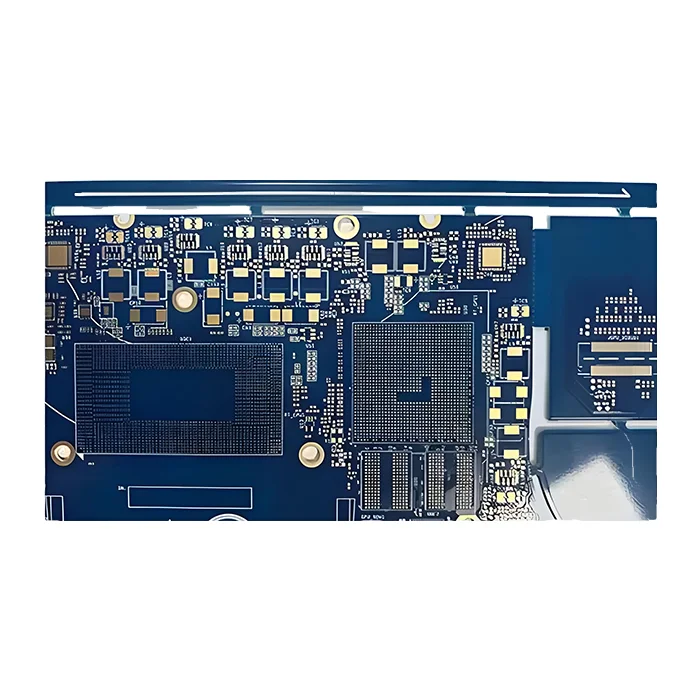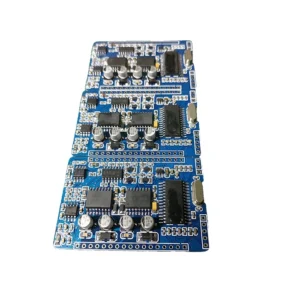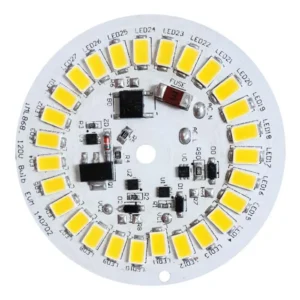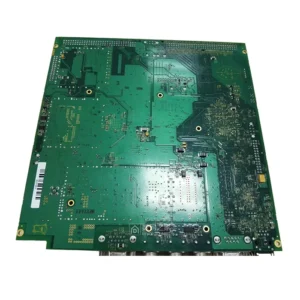Computer PCB Board
$30.90
Computer PCB board is the core plantform that drive the whole computer system. Beneath CPUs, GPUs, and other chips, the computer PCB enables communication, power delivery, and signal routing.
Shipping fee and delivery date to be negotiated. Send inquiry for more details.
Your payment information is processed securely. We do not store credit card details nor have access to your credit card information.
Claim a refund if your order is missing or arrives with product issues, our support team would deal with your refund within 24 hours.
| Layer Counts | 4L |
| Base Material | FR4 |
| Board Thickness(mm) | 1.2mm |
| Max board size(mm) | 570*850mm |
| PCB size tolerance | ±0.2mm |
| Min. Hole Size | 0.15mm |
| Min. Line Width | 4mil |
| Copper Weight | 1oz |
| Surface Finish | ENIG |
| Certificate | UL, IPC-6012, RoHS, ISO 9001, ISO14001, REACH |
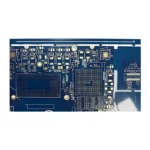 Computer PCB Board
Computer PCB Board
| 5 star | 0% | |
| 4 star | 0% | |
| 3 star | 0% | |
| 2 star | 0% | |
| 1 star | 0% |
Sorry, no reviews match your current selections
Questions & Answers
1. Are computer PCBs used in both desktops and laptops?
Yes, the computer printed circuit boards can be used in both desktops and laptops. While the designs are different, two types of computers can use this PCB to interconnect and support essential components like CPUs.
2. Why is computer PCB design critical for computer reliability?
Computer PCB design is super important in that a poor layout can cause overheating, short circuits, data loss, or system failure. Well-designed PCBs ensure efficient power delivery, controlled impedance for signal integrity, and mechanical stability.
3. How do computer PCBs support high-speed signals?
Computer PCBs can support high-speed signals with controlled impedance, precise layout, well-designed differential pair routing, low-loss materials like high-Tg FR4 or Rogers, proper termination and matching, and other techniques.
4. Why is ENIG preferred as a surface finish for computer PCBs?
ENIG is preferred for computer PCBs because it features excellent surface planarity and superior solderability, which is ideal for mounting fine-pitch components like BGAs and CPUs. Besides, the gold layers protect the nickel layer from oxidation, maintaining good electrical connections and long-term reliability.
5. What are the common layer counts in computer PCBs?
The common computer PCB layer count is 4 to 12 layers. Simple designs may use 4-6 layers to meet basic features, and complex motherboards, CPUs can use 8-12 layers to ensure high-speed routing, ground planes, and power distribution.
6. Can you support HDI (High-Density Interconnect) PCBs?
Yes, we support HDI PCBs with microvias, blind and buried vias for compact high-speed computer modules.

